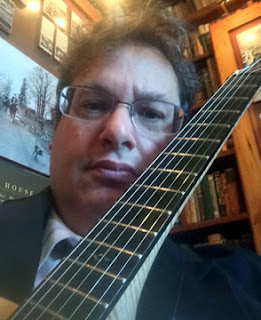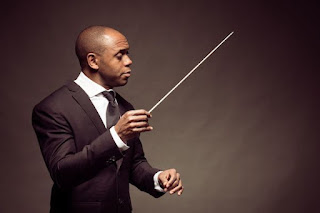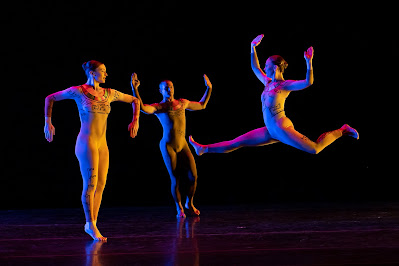Melody leads the way on guitarist Skip Grasso's 'Becoming'

A mellowness supporting the drive of Skip Grasso' s music on "Becoming" will make his music attractive Skip Grasso composes with charm and wit. in the background for some listeners. But then, a lot of listening today to all kinds of music is preferred when taken in as background. If you pay steady attention to "Becoming," the rewards are nonetheless there. The melodic emphasis is reinforced by a tendency to have piano and guitar share an emphasis on the tunes, echoing the vibes-and-piano parallelism of classic George Shearing. Supporting this sound is the amiable bass playing of Harvie S. On the opening track, it's good to hear his upright bass in a solo, but overall he is underrepresented in the mix, though he is well worth hearing in accompaniment. On the other hand, the estimable veteran Billy Drummond is often a little too prominent, lending to a slight, persistent imbalance, despite the drummer's tastefulness. "Harvie Livingston Seagull...








